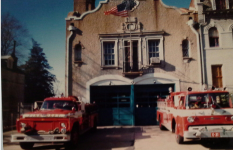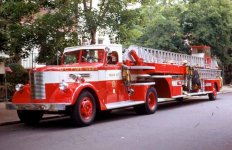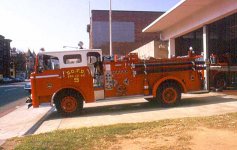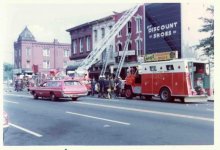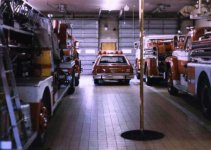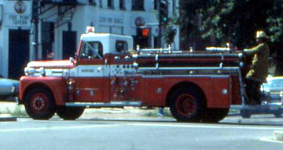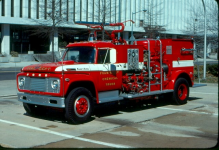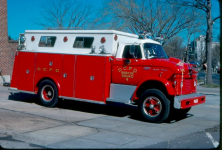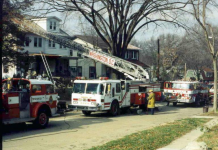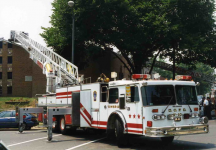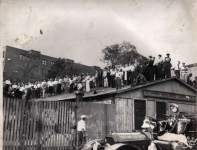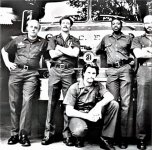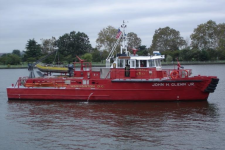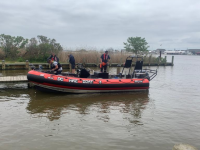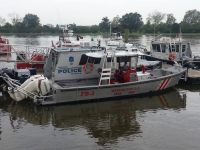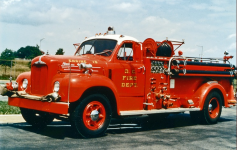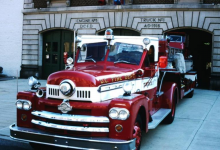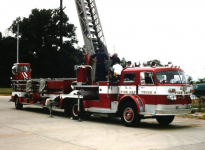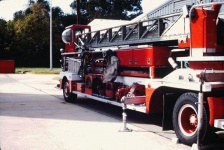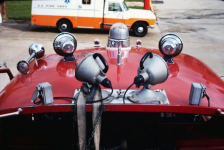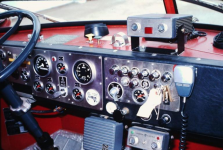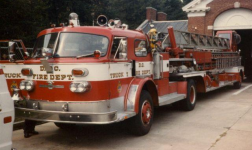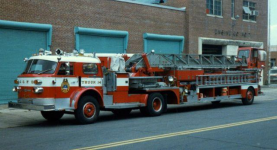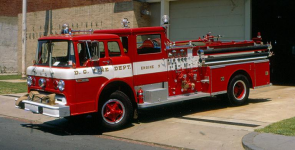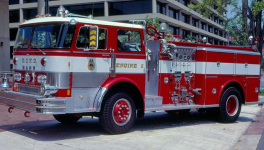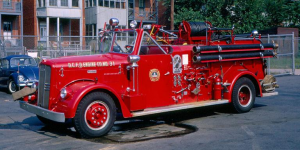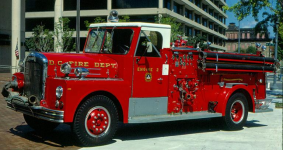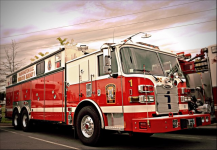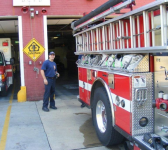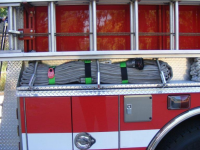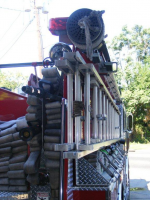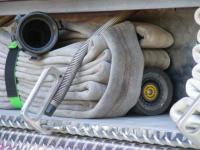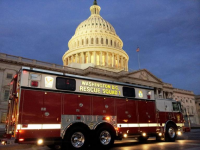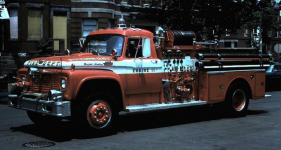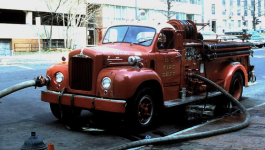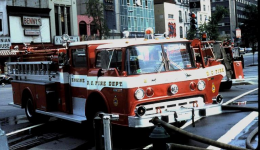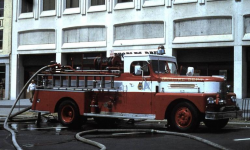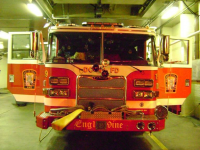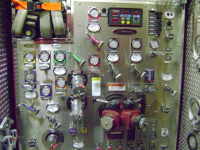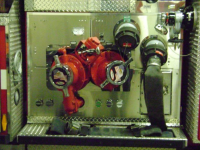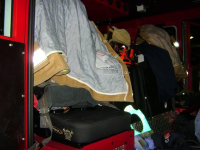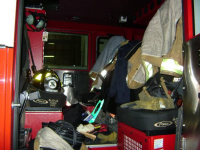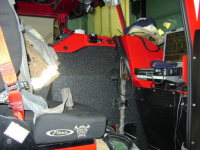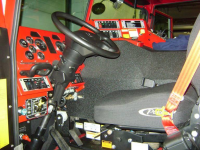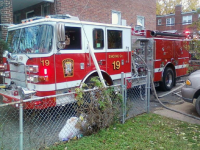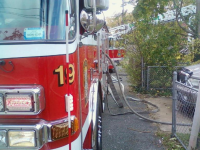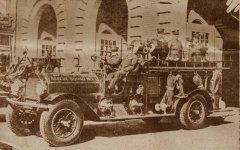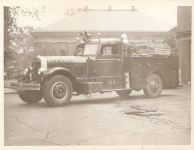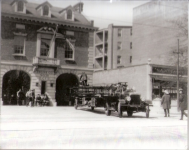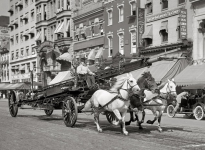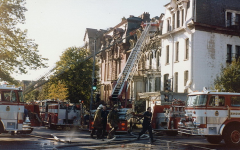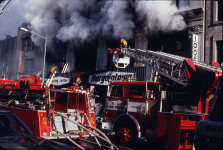You are using an out of date browser. It may not display this or other websites correctly.
You should upgrade or use an alternative browser.
You should upgrade or use an alternative browser.
DCFD/DCFEMS PICTURES - APPARATUS/FIREHOUSES
- Thread starter mack
- Start date
From DC site - DCFD sent mutual aid to Baltimore as did FDNY for major conflagration in 1904:
"Annual Report says within two hours of receiving the telegram from
Baltimore, DC units were assisting Baltimore Firemen.
31 minutes from old B & O station in DC to Camden Station in Baltimore in
1904!!!!!
Baltimore fire 1904
One of the crews. Annual report says about 100 men, 5 engines, 5 hose
apparatus & 25 horses responded to Baltimore.
Engine 3 & 6 responded first with Chief Belt.
Engines 2, 7, & 8 responded later.
(One Hundred Years of Glory says Engines 2 & 8 went second and Engine 7 went
later with 25 extra men."
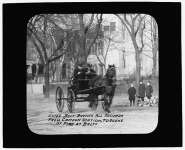
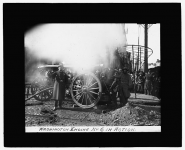
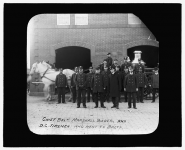
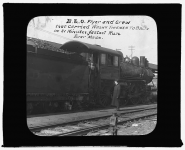
"Annual Report says within two hours of receiving the telegram from
Baltimore, DC units were assisting Baltimore Firemen.
31 minutes from old B & O station in DC to Camden Station in Baltimore in
1904!!!!!
Baltimore fire 1904
One of the crews. Annual report says about 100 men, 5 engines, 5 hose
apparatus & 25 horses responded to Baltimore.
Engine 3 & 6 responded first with Chief Belt.
Engines 2, 7, & 8 responded later.
(One Hundred Years of Glory says Engines 2 & 8 went second and Engine 7 went
later with 25 extra men."




Great pictures.
- Joined
- Apr 23, 2018
- Messages
- 1,173
Hello Mack, thanks for adding this topic. I'll add some insight a little later today with some snaps. This snap was St Patricks Day Parade 2003 marching down Constitution Ave. It was the debut for the new DCFD Pipes and Drums, I was asked to be Grand Marshal. It was great to return to see old friends, this is my proby classmate that became a reknowned Captain. More to come.
.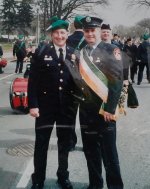
.

This is also the fire that most directly contributed to the development of the national standard hose coupling thread in 1905. It feels worth mentioning since NJ companies were requesting FDNY mutual aid response last night, and the threads could be one more added layer of complexity during that operation.From DC site - DCFD sent mutual aid to Baltimore as did FDNY for major conflagration in 1904:
"Annual Report says within two hours of receiving the telegram from
Baltimore, DC units were assisting Baltimore Firemen.
31 minutes from old B & O station in DC to Camden Station in Baltimore in
1904!!!!!
Baltimore fire 1904
One of the crews. Annual report says about 100 men, 5 engines, 5 hose
apparatus & 25 horses responded to Baltimore.
Engine 3 & 6 responded first with Chief Belt.
Engines 2, 7, & 8 responded later.
(One Hundred Years of Glory says Engines 2 & 8 went second and Engine 7 went
later with 25 extra men."
View attachment 16202
View attachment 16203
View attachment 16204
View attachment 16205
"Engine companies from Washington, DC, transported by train, arrived in Baltimore to assist in fire fighting a few hours after the fire started. Unfortunately, their hoses would not fit Baltimore hydrants due to the difference in threads. The fire continued to claim block after block of buildings in the Baltimore business district as more fire companies arrived from surrounding cities and counties, Altoona, Annapolis, Chester, Harrisburg, New York, Philadelphia, Wilmington, and York. Some of the responding fire companies’ hoses fit the Baltimore hydrant connections; others did not [3]."
Thanks. Excellent info.This is also the fire that most directly contributed to the development of the national standard hose coupling thread in 1905. It feels worth mentioning since NJ companies were requesting FDNY mutual aid response last night, and the threads could be one more added layer of complexity during that operation.
"Engine companies from Washington, DC, transported by train, arrived in Baltimore to assist in fire fighting a few hours after the fire started. Unfortunately, their hoses would not fit Baltimore hydrants due to the difference in threads. The fire continued to claim block after block of buildings in the Baltimore business district as more fire companies arrived from surrounding cities and counties, Altoona, Annapolis, Chester, Harrisburg, New York, Philadelphia, Wilmington, and York. Some of the responding fire companies’ hoses fit the Baltimore hydrant connections; others did not [3]."
- Joined
- Apr 23, 2018
- Messages
- 1,173
While a fireman with the DCFD from August 1979 until August 1982 there were 32 Engine Companies and 17 truck companies. All the truck companies were tillers except L 10 that was a Sutphen Tower Ladder. We had 4 Rescue companies, refered to as Squads. They were a combination company, engine/ rescue. If the engine was first due at a box the rescue was left behind and filled in by the next rescue company. Guys left their turnout gear in the middle of the floor. Turnouts were extremely fast. Every house was hooked into the communications system for all to hear. One tone was usually a "medical local" or "local" that required engine only. Two tones everyones ears perked up as a "Box Alarm" was coming over. As soon as you heard the first companies announced, you knew you would be going and ran to the rig, turnout during the day was less than a minute.
We had a 4 man two piece engine companies. The newer rig was called a "wagon", three men rode on the wagon plus the officer. DC has a rank called Sargeant. They are usually covering officers, if all positions are filled, they ride the truck. The wagon was a conventional Ford (1973) and had a box that we rode in. One man was called the "lineman" the other "layout". On the back of the rig was three pre-connects. Usually the lineman ran with the hose loaded over his shoulder to the scene. The layout caught up after laying out. On every box, the first due and second due laid hose no matter the condition. The pumper which usually was an older piece as shown above in Macks snaps of the 68 Fords and Ward LaFrances followed behind with just the Pumper driver. Later the DCFD bought Hahn's that were Wagons. Both pieces were set up the same way with hose layouts. If the first piece had to go to the shops the Pumper moved up and became the wagon and we rode the back step. Later after I left the two piece company system was disbanded and all companies had a single piece, the wagon.
On a box alarm, 4 engines, 2 trucks, a rescue and chief responded. Remember, each engine had two pieces, therefore, standing on a corner watching, you could observe 8 engines, 2 tillers a rescue and chief swoop by. The 1st and 3rd due companies responded to the front of the building, the 2 and 4th due in the rear alleyway. DC had a network of alleys on every block, the Wagon Drivers needed to know thier locations.
In my opinion, the Engine 82 L31 of DCFD was Engine 9 and Ladder 9 in the NW section of DC. They were right in the middle of the destructive 68 riots. Most engines ran about 2,000 runs, the busiest around 3,500. Photo is my Engine 21 "Wagon". We were called the "Alleyrats" since we ran 2nd due to a large area and always seemed to be in an alley.
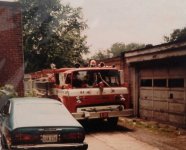
We had a 4 man two piece engine companies. The newer rig was called a "wagon", three men rode on the wagon plus the officer. DC has a rank called Sargeant. They are usually covering officers, if all positions are filled, they ride the truck. The wagon was a conventional Ford (1973) and had a box that we rode in. One man was called the "lineman" the other "layout". On the back of the rig was three pre-connects. Usually the lineman ran with the hose loaded over his shoulder to the scene. The layout caught up after laying out. On every box, the first due and second due laid hose no matter the condition. The pumper which usually was an older piece as shown above in Macks snaps of the 68 Fords and Ward LaFrances followed behind with just the Pumper driver. Later the DCFD bought Hahn's that were Wagons. Both pieces were set up the same way with hose layouts. If the first piece had to go to the shops the Pumper moved up and became the wagon and we rode the back step. Later after I left the two piece company system was disbanded and all companies had a single piece, the wagon.
On a box alarm, 4 engines, 2 trucks, a rescue and chief responded. Remember, each engine had two pieces, therefore, standing on a corner watching, you could observe 8 engines, 2 tillers a rescue and chief swoop by. The 1st and 3rd due companies responded to the front of the building, the 2 and 4th due in the rear alleyway. DC had a network of alleys on every block, the Wagon Drivers needed to know thier locations.
In my opinion, the Engine 82 L31 of DCFD was Engine 9 and Ladder 9 in the NW section of DC. They were right in the middle of the destructive 68 riots. Most engines ran about 2,000 runs, the busiest around 3,500. Photo is my Engine 21 "Wagon". We were called the "Alleyrats" since we ran 2nd due to a large area and always seemed to be in an alley.

Last edited:
- Joined
- Apr 23, 2018
- Messages
- 1,173
This was my firehouse in the NW section of DC, we shared it with Ambulance 2. We were considered a top notch company, the year before E 21 was selected as the best DCFD company. Senator John Glenn gave out the award to company members. If we ran to the left we ran into ghetto work, if we ran right we ran into million dolar homes where Senators and legislators lived. The community around the firehouse was similar to Greenwich Village and three blocks from the National Zoo. On a quiet night, you could hear the big cats.
